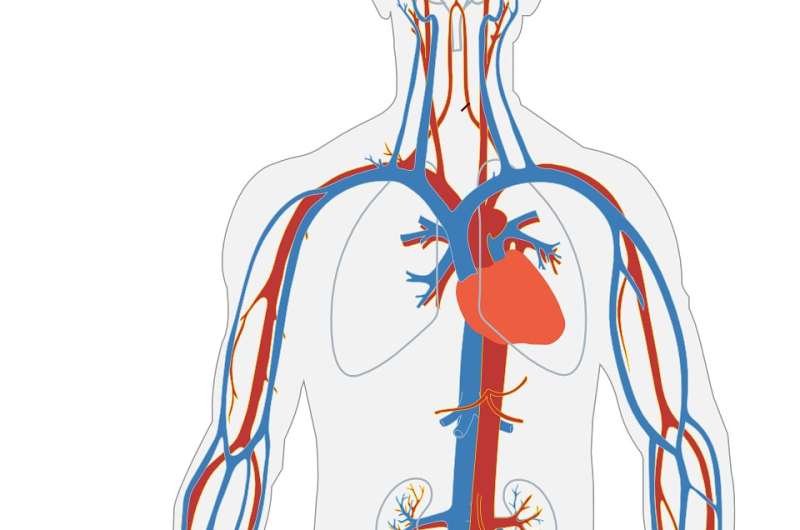Breakthrough Protein Target Could Reduce Excessive Scarring in Wound Healing

A recent study published in Nature Communications uncovers the potential of a newly identified protein, fibromodulin (FMOD), in preventing or significantly reducing excessive scarring during wound repair. Conducted by researchers at the University of California, Los Angeles, this groundbreaking research suggests that FMOD plays a crucial role in moderating the activity of myofibroblasts—specialized cells responsible for tissue contraction and scar formation. Normally, myofibroblasts help close wounds, but when they persist longer than necessary, they can lead to hypertrophic scars or keloids.
The study demonstrated that fibromodulin interacts with molecules like interleukin 1β to facilitate the programmed death of myofibroblasts, thereby limiting scar tissue development. This mechanism mirrors fetal wound healing, which is characterized by minimal scarring. The researchers showcased that in animal models, FMOD accelerates the clearance of myofibroblasts, resulting in less prominent scars. These findings have promising implications for developing new therapeutic strategies to manage scarring in humans, especially for patients recovering from surgery, burns, or traumatic injuries.
Historically, FMOD has been associated with regenerative healing processes, promoting scarless tissue repair in fetal development, and now, with this latest research, it appears to be a key factor in adult healing as well. Building on this discovery, the team at UCLA has already advanced a clinical trial utilizing a fibromodulin-derived peptide to reduce scars in patients. Dr. Chia Soo, a leading researcher involved in the study, emphasized that understanding how fibromodulin controls scar-forming cells could revolutionize treatments aimed at minimizing takedown and resection of scars.
The study involved collaboration among several scientists, including Wenlu Jiang, Xiaoxiao Pang, Pin Ha, and others, and confirms that manipulating the activity of FMOD might offer a new avenue for scar reduction therapies. With these insights, future therapeutics could emulate this natural process, leading to improved wound healing and aesthetic outcomes.
Stay Updated with Mia's Feed
Get the latest health & wellness insights delivered straight to your inbox.
Related Articles
New Insights: Blood Vessel Weakness May Cause Muscle Loss in Cancer Survivors
Emerging research suggests that weakening blood vessels in muscles contribute to muscle loss in cancer survivors. Restoring vascular health may offer new hope for preventing cachexia and improving quality of life. Source: https://medicalxpress.com/news/2025-07-muscle-weakness-cancer-survivors-treatable.html
Spike in West Nile Virus Cases Prompt Health Alerts
A significant rise in West Nile virus cases this year has prompted health warnings, highlighting increased mosquito infection rates and the importance of preventive measures to protect public health.
New Potential Treatment for Fentanyl and Xylazine Overdose Combines Naloxone with Investigational Drug
Research at Marshall University explores a new combination of naloxone and atipamezole that could improve treatment outcomes for fentanyl-xylazine overdoses, addressing a growing health crisis involving complex drug contaminants.
Mepolizumab Significantly Reduces Exacerbation Rates in COPD Patients with Eosinophilic Phenotype
Mepolizumab significantly decreases the rate of moderate and severe exacerbations in COPD patients with eosinophilic phenotype, offering a new targeted approach for managing this condition.



